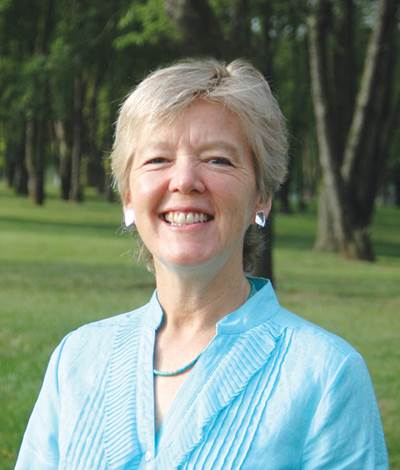The half-full glass
During a recession — and I’ve only known relatively mild downturns until now — an editor always heads off to a trade show with, at best, some hesitancy and, at worst, gloomy pessimism.
During a recession — and I’ve only known relatively mild downturns until now — an editor always heads off to a trade show with, at best, some hesitancy and, at worst, gloomy pessimism. And so it was that I boarded the plane for Paris in March with one eye on the dark economic clouds that chased us out of 2008 and another eye on the JEC Composites show to which I was headed.
I left with mixed emotions: I’ve spent much time over the last seven months, since the world’s financial system began its precipitous disintegration, trying to craft a mindset for dealing with the very challenging economic circumstances in which we find ourselves. I am a naturally optimistic person, so it’s difficult for me to embrace the unrelenting gloominess that confronts us every day — part of me wonders often whether there is some self-fulfillment in prophecies of anticipated struggle and inevitable decline.
On the other hand, this recession is not an abstract notion: Every day, I see physical signs of personal struggle throughout my world. I have friends and family who have lost their jobs and are fighting to keep their homes, much less maintain their standard of living. And we on the HPC staff have endured a round of belt tightening, just like everyone else.
So, I arrived in Paris with my half-full/half-empty glass, unsure of what we’d find at the composites industry’s largest trade event, and full of questions: Would attendance be down, the victim of slashed travel budgets? Would exhibitors offer the old standards rather than premiere new technologies in a market they perceived as unable to invest in innovation? I heard the words “retrench,” “consolidation” and “conserving” a lot from exhibitors whose glasses were half empty and who were looking to get through the next few months while suffering as little damage as possible. Other exhibitors, clearly with glasses half full, talked about a strategy of “chasing market share” during the downturn — seeing revenues contract, but opportunity expand. And the aisles on the show floor, while not bustling like they were in 2008, were at least reassuringly busy.
The rhetoric and down-economy philosophy aside, two things became almost immediately clear as I walked the show and talked with exhibitors and attendees: There is still much work being done in the composites industry and, at least in this industry, creativity and ingenuity don’t take a break when times are tough.
It’s hard, in a recession, not to feel like the entire composites industry has come to a grinding halt, but it’s clear that many of you are rising to the challenge before us, not succumbing to it. I talked at the show to composites professionals who have seen business shrink in marine and automotive but still are pursuing opportunities in healthier wind energy and aerospace sectors. I saw at the show new products and technologies that prove that R&D programs — from out-of-autoclave materials to new pressure vessel manufacturing techniques — are not retrenching or conserving. I met representatives of OEMs who were looking to the composites industry to help them solve weight, strength and corrosion problems in well-known products.
I left Paris with a glass half full and the reassurance that composite materials and structures have a persistent and enduring value. Composites, in fact, are often part of a cure for a variety of engineering challenges, and promise to help guide many of us safely through this downturn. We may have been slowed, but we’ve only been slowed — and I’m already looking forward to getting back to full speed.
Related Content
Ceramic matrix composites: Faster, cheaper, higher temperature
New players proliferate, increasing CMC materials and manufacturing capacity, novel processes and automation to meet demand for higher part volumes and performance.
Read MorePolar Technology develops innovative solutions for hydrogen storage
Conformable “Hydrogen in a Box” prototype for compressed gas storage has been tested to 350 and 700 bar, liquid hydrogen storage is being evaluated.
Read MoreTrends fueling the composites recycling movement
Various recycling methods are being considered for composites, from novel dismantling and processing, to building capacity and demonstrating secondary use applications.
Read MoreInfinite Composites: Type V tanks for space, hydrogen, automotive and more
After a decade of proving its linerless, weight-saving composite tanks with NASA and more than 30 aerospace companies, this CryoSphere pioneer is scaling for growth in commercial space and sustainable transportation on Earth.
Read MoreRead Next
The color purple: The "no complaints" movement
So, I finally heard about the “no complaints” movement the other day, which involves wearing a rubberized purple bracelet and switching it from one wrist to the other whenever one utters a negative word.
Read MoreUltrasonic welding for in-space manufacturing of CFRTP
Agile Ultrasonics and NASA trial robotic-compatible carbon fiber-reinforced thermoplastic ultrasonic welding technology for space structures.
Read MoreScaling up, optimizing the flax fiber composite camper
Greenlander’s Sherpa RV cab, which is largely constructed from flax fiber/bio-epoxy sandwich panels, nears commercial production readiness and next-generation scale-up.
Read More












